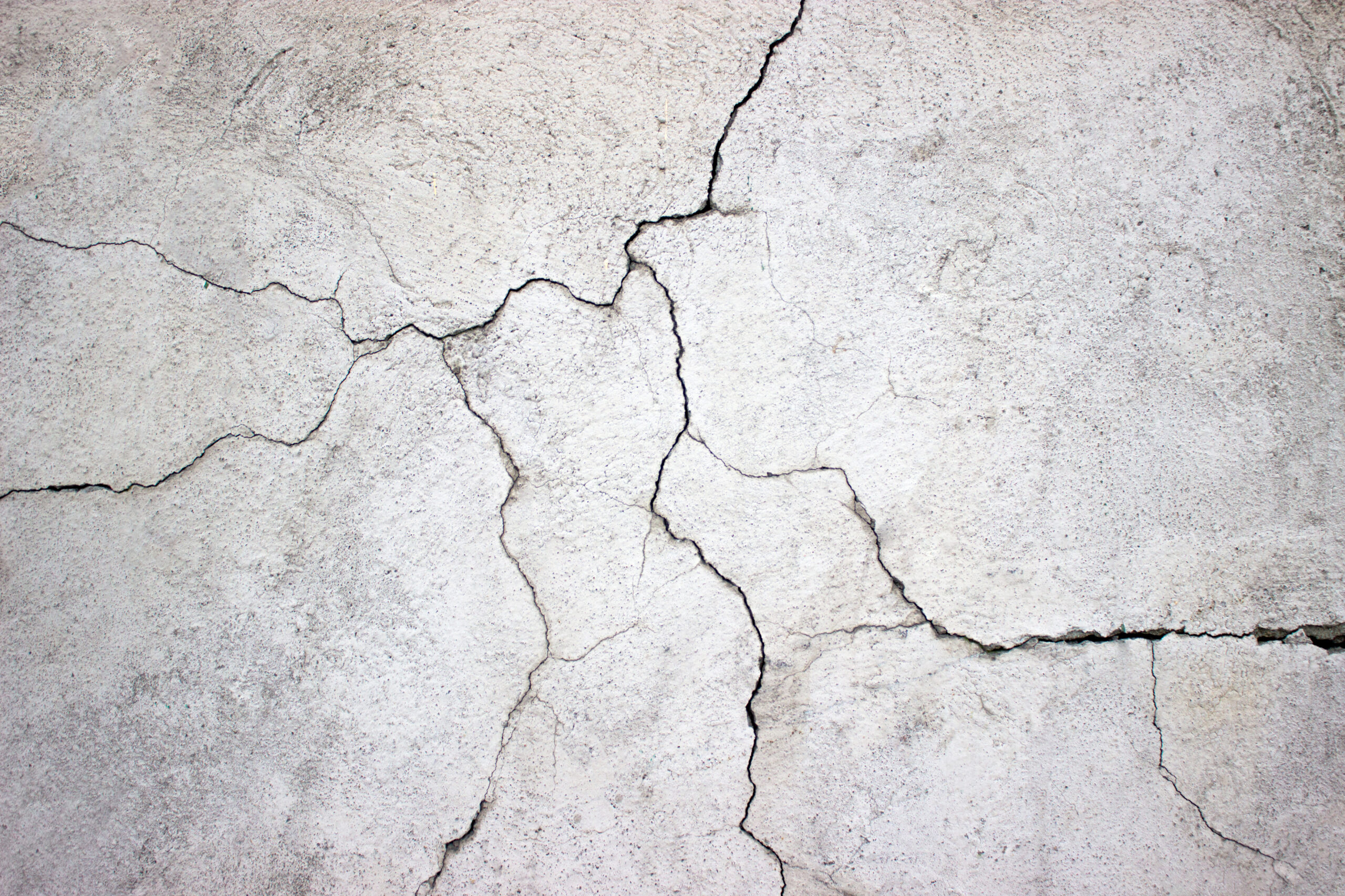One moment you’re little and giggling, jumping from concrete step to concrete step. The next, it’s twenty years later, and you’re on your hands and knees trying to figure out how those first few cracks got there. More importantly, you wonder how to keep new ones from forming in your newly laid concrete.
Concrete is a versatile and durable material that you can use for a variety of applications, from driveways to patios. Concrete is a strong material. However, if not properly cared for, it’s also susceptible to cracking. By following the 10 tips below, you can help prevent your concrete from cracking.
1. Add just enough water
Add the right amount of water to your concrete mix. Adding too much water will cause the concrete to shrink as it dries. It will also cause the concrete to weaken, making it more susceptible to cracking.
Add enough water for the concrete to be workable. While you don’t want to add too much water, you also don’t want to add too little. If the mix is too dry, it will be hard to work with and more likely to crack.
2. Use the right mix
Using the wrong mix of concrete can lead to cracking. Be sure to use a mix that is designed for the specific application you’re working on.
For example, if you’re pouring a driveway, you’ll need a different mix than if you’re laying down a sidewalk.
Not all concrete mixes are created equal. Some are stronger than others, and some are more resistant to cracking. If you’re not sure which mix to use, ask your local hardware store or concrete supplier for a recommendation.
3. Use the proper concrete strength for the job
There are different grades of concrete, each with a different level of strength. If you use weak concrete for the job, it will be more likely to crack.
You can verify the kind of concrete you need by looking at the job specifications. If you’re unsure, it’s always better to err on the side of using stronger concrete.
4. Install control joints
Control joints are intentional cracks that help prevent random cracking. They should be placed at regular intervals and run perpendicular to the direction of the cracks you’re trying to avoid.
5. Use reinforcement
Reinforcement, such as wire mesh, fiberglass or rebar, can help reduce the likelihood of concrete cracking. The reinforcing materials add strength and stability to the concrete, which can help to resist cracking.
Place reinforcements in the wet concrete before you pour it. It will evenly distribute any forces that might cause cracking throughout the slab.
When using reinforcement, follow the manufacturer’s instructions and local building codes. Improperly installed reinforcements can do more harm than good and cause the concrete to crack.
6. Be careful when removing forms
Forms are placed in the concrete to shape it while it dries. Once the concrete sets, you’ll need to remove the forms. Be careful when doing so.
If you remove the forms too soon or too fast, they can cause the concrete to crack. Only remove the forms after the concrete cures for at least 24 hours.
7. Avoid excessive vibration
Excessive vibration can cause concrete to crack, so it’s crucial to use the right amount when pouring concrete. Avoid using a vibrating table or rod to compact the concrete. Instead, use a hand-held vibrator to remove any air pockets that might be present.
You may also want to use a vibration-dampening mat underneath the concrete. It can help prevent cracking.
8. Be careful not to overwork the concrete
If you work the concrete too much while it’s wet, it can also cause cracking. Overworking the concrete introduces air bubbles into the mix, weakening the concrete and making it more susceptible to cracking.
To avoid overworking the concrete, don’t trowel it more than necessary to smooth the surface. Once you finish, allow the concrete to cure for at least 24 hours before walking or driving on it.
9. Keep the concrete moist while curing
Once you lay the concrete, you need to let it cure. Curing is the process that turns wet concrete into a strong, solid mass.
Curing keeps newly poured concrete moist so it can reach its full strength. Without proper curing, concrete is more likely to crack. And if the concrete dries out too quickly, it can crack.
To prevent this from happening, you need to keep the concrete moist. Keep the concrete moist by spraying it with water every few hours or covering it with a wet tarp.
A curing compound could also help prevent evaporation and keep the concrete moist, which can help prevent cracking. Be sure to follow the manufacturer’s instructions when applying a curing compound.
10. Hire Ray Arnold Masonry
With over 70 years of masonry experience, Ray Arnold Masonry is one of Chagrin Fall’s most respected and reputable masonry companies. We specialize in all forms of concrete work, which includes driveways, sidewalks, patios, porches and more.
Our team of experienced professionals are dedicated to providing the highest quality of workmanship and customer service. We take pride in our ability to complete projects on time and within budget.
If you are looking for a masonry company that you can trust, look no further than Ray Arnold Masonry. Contact us today to discuss all your masonry needs.

